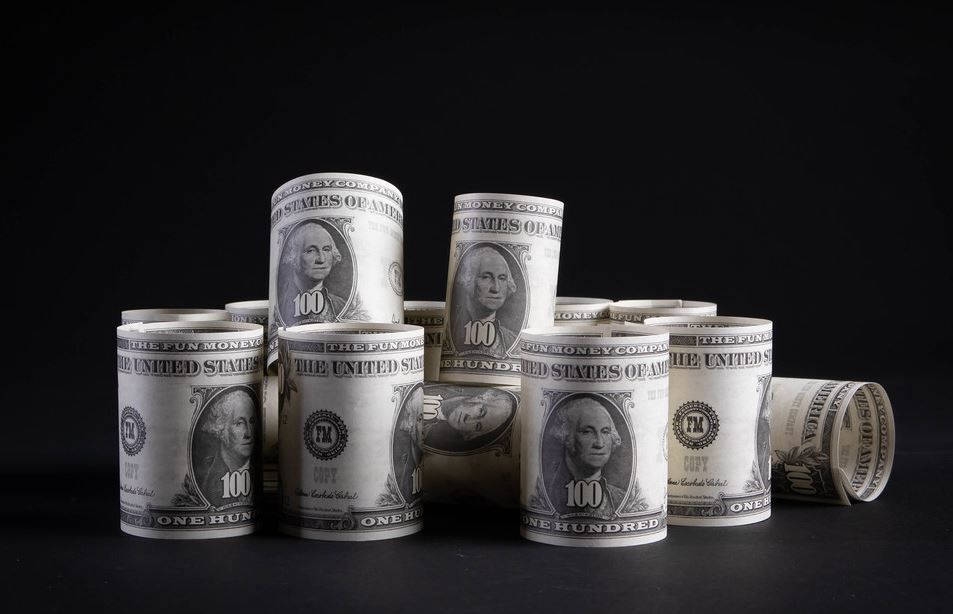After Federal Reserve Chair Jerome Powell signalled that interest rates will be maintained higher for longer in order to tamp down surging inflation, the United States dollar skyrocketed against a basket of currencies on Monday, reaching a peak that hasn’t been seen in 20 years.
The strength of the dollar pushed other major currencies to new lows and placed pressure on its equivalents in developing markets, which caused the dollar index to rise to a fresh two-decade high of 109.44 in the Asia trade. This occurred as the greenback continued to gain ground.
The value of the dollar in relation to the Japanese yen reached 138.88, which was the highest level since July 21. In contrast, the value of the offshore yuan sank to a new two-year low of 6.9321 in relation to the dollar.
The swings continued the gains achieved by the dollar on Friday, when Powell cautioned that there will be “some pain” for individuals and companies as a result of the Fed’s efforts to limit inflation, which would take some time.
“Powell made it plain that there is no dovish swing,” said Carol Kong, senior associate for currency strategy and international economics at the Commonwealth Bank of Australia. “Some market players had assumed there would be a dovish pivot,”
While market players continue to price in more aggressive tightening cycles by the major central banks, “I believe for this week, the (U.S. dollar index) is likely to move further higher towards 110 points.”
The value of the U.S. dollar index was last recorded at 109.24, which is very close to the 20-year high of 109.29 that it reached in July.
The financial markets now price in around a 64.5% likelihood of a rate rise of 75 basis points at the next meeting of the Fed in September.
Despite the possibility of a significant interest rate increase being discussed at the policy meeting of the European Central Bank in September, the single currency has struggled as investors have been more concerned on an energy crisis in the union.
During the period of August 31 to September 2, the natural gas supplies that Russia’s state-owned energy giant Gazprom sends to Europe through its primary pipeline are anticipated to be halted for repair.
According to Kong of CBA, “fears about a total shutdown of Russian gas are likely to keep euro/dollar heavy and below parity.”
Fear that aggressive rate rises throughout the globe may put the brakes on economic development weighed heavily on risk-sensitive currencies such as the Australian and New Zealand dollars, which led to their respective declines.
The Fresh Zealand dollar reached a new one-month low of $0.6107 and last traded at $0.6113, while the Australian dollar decreased by 0.31% to $0.6870.

